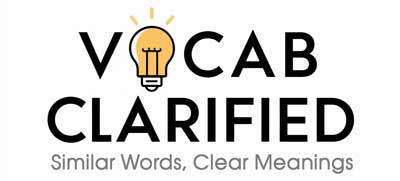When it comes to the past tense of “lean,” many people find themselves confused between “leaned” and “leant.” These two words are often used interchangeably, but is there really a difference between them?
In this article, we’ll explore the nuances of “leaned” and “leant,” helping you understand when and where to use each term correctly.
Understanding Leaned And Leant
Leaned: Definition and Usage
“Leaned” is the more common of the two forms, especially in American English. It is the simple past tense and past participle of the verb “lean,” meaning to incline or bend from a vertical position. Here are a few examples of how “leaned” is used:
- Example 1: She leaned against the wall, exhausted after the long hike.
- Example 2: The old man leaned forward, straining to hear the conversation.
In these instances, “leaned” is used to describe the action of inclining or resting at an angle.
Leant: Definition and Usage
“Leant” is the British English counterpart to “leaned.” It carries the same meaning and can be used interchangeably with “leaned” in most contexts. However, “leant” is less common in American English. Here are some examples of “leant” in use:
- Example 1: He leant over the table to pick up his pen.
- Example 2: The tree leant precariously after the storm.
Though both “leaned” and “leant” are correct, the choice between them often depends on the region and formality of the writing.
Side-by-Side Comparison
| Aspect | Leaned | Leant |
| Definition | The past tense of “lean” in American English | The past tense of “lean” in British English |
| Common Usage | She leaned against the wall. | He leant over the table. |
| Key Differences | More common in American English | More common in British English |
When deciding between “leaned” and “leant,” consider your audience and the context. If you’re writing for an American audience, “leaned” is generally the preferred term. Conversely, “leant” may be more appropriate for British readers. The best choice often depends on your regional preference and the formality of the context.
Everyday Usage Examples
To help you see these words in action, here are some examples that illustrate how “leaned” and “leant” fit into everyday language:
- Leaned Example: After a long day, she leaned on her friend for support.
- Leant Example: He leant on the railing, gazing out at the sea.
- Leaned Example: The tower leaned slightly to the left, creating an unsettling view.
- Leant Example: The bookcase leant dangerously forward, ready to topple.
- Leaned Example: The young boy leaned over to pick up his fallen toy.
- Leant Example: The soldier leant against the cold stone wall, lost in thought.
Conclusion
In summary, both “leaned” and “leant” are correct past tense forms of “lean,” with “leaned” being more common in American English and “leant” in British English.
The choice between them largely depends on your regional preference and the audience you’re writing for. By understanding the subtle differences and knowing your audience, you can confidently choose the right word in any context.

